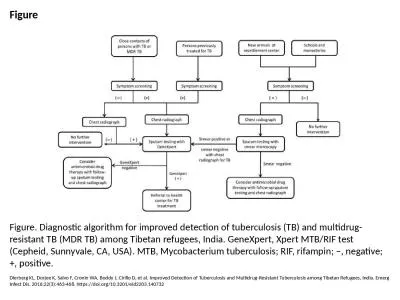PPT-Mixed Cell-Height Implementation for Improved Design Qualit
Author : debby-jeon | Published Date : 2017-04-17
in Advanced Nodes Sorin Dobre Andrew B Kahng and Jiajia Li UC San Diego VLSI CAD Laboratory Qualcomm Inc Outline Background and Motivation Problem
Presentation Embed Code
Download Presentation
Download Presentation The PPT/PDF document "Mixed Cell-Height Implementation for Imp..." is the property of its rightful owner. Permission is granted to download and print the materials on this website for personal, non-commercial use only, and to display it on your personal computer provided you do not modify the materials and that you retain all copyright notices contained in the materials. By downloading content from our website, you accept the terms of this agreement.
Mixed Cell-Height Implementation for Improved Design Qualit: Transcript
Download Rules Of Document
"Mixed Cell-Height Implementation for Improved Design Qualit"The content belongs to its owner. You may download and print it for personal use, without modification, and keep all copyright notices. By downloading, you agree to these terms.
Related Documents














